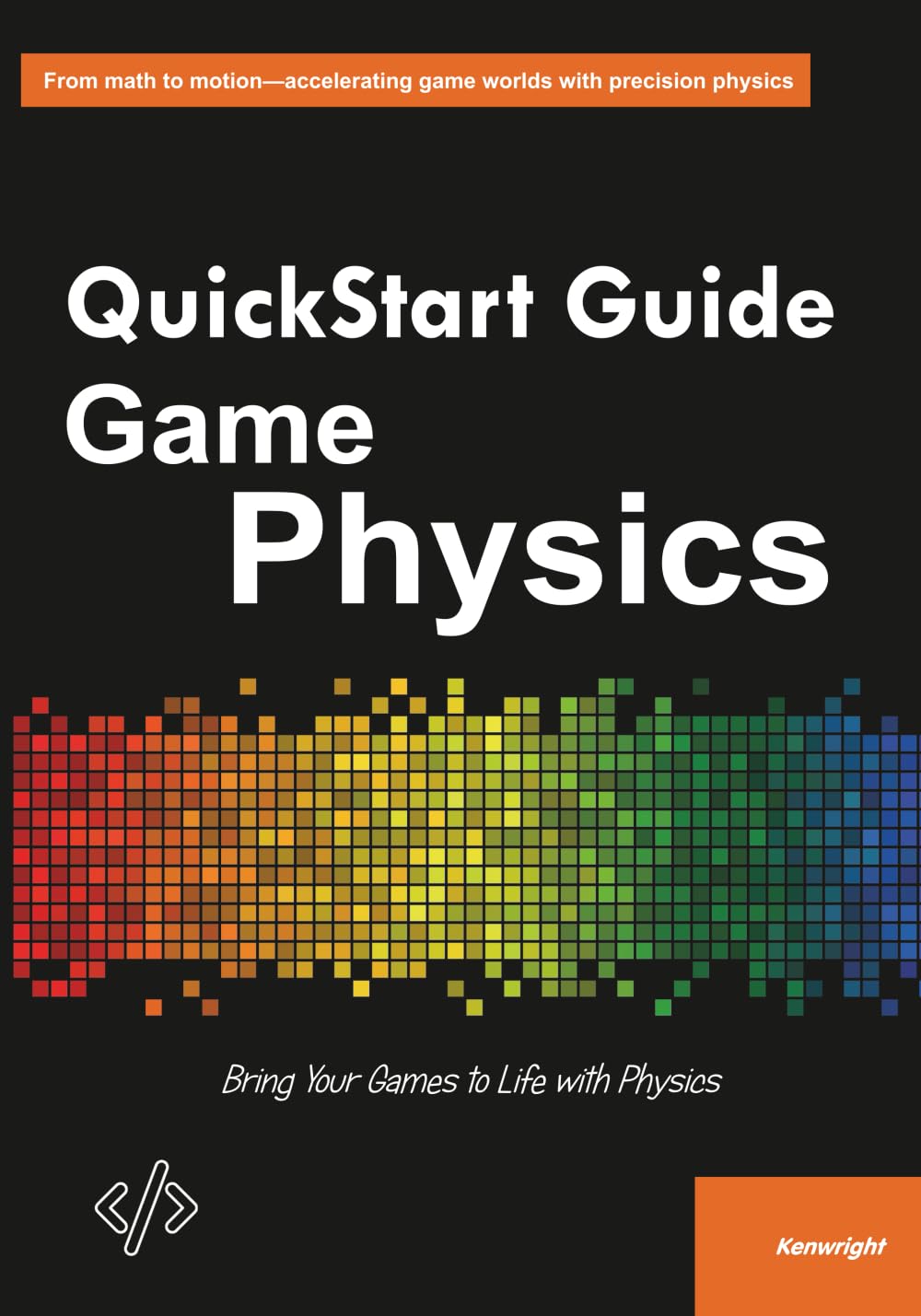
QuickStart Guide to Game Physics
An transformative journey into Game Physics, "QuickStart Guide to Game Physics" explores its profound influence on the intelligent systems. With clarity and enthusiasm, this essential read delivers fresh perspectives and actionable insights that inspire curiosity and spark meaningful progress.



Sarah Johnson
Professional ReviewerThat section was brilliant. I've already applied those techniques with great success in my current projects.
September 26, 2025